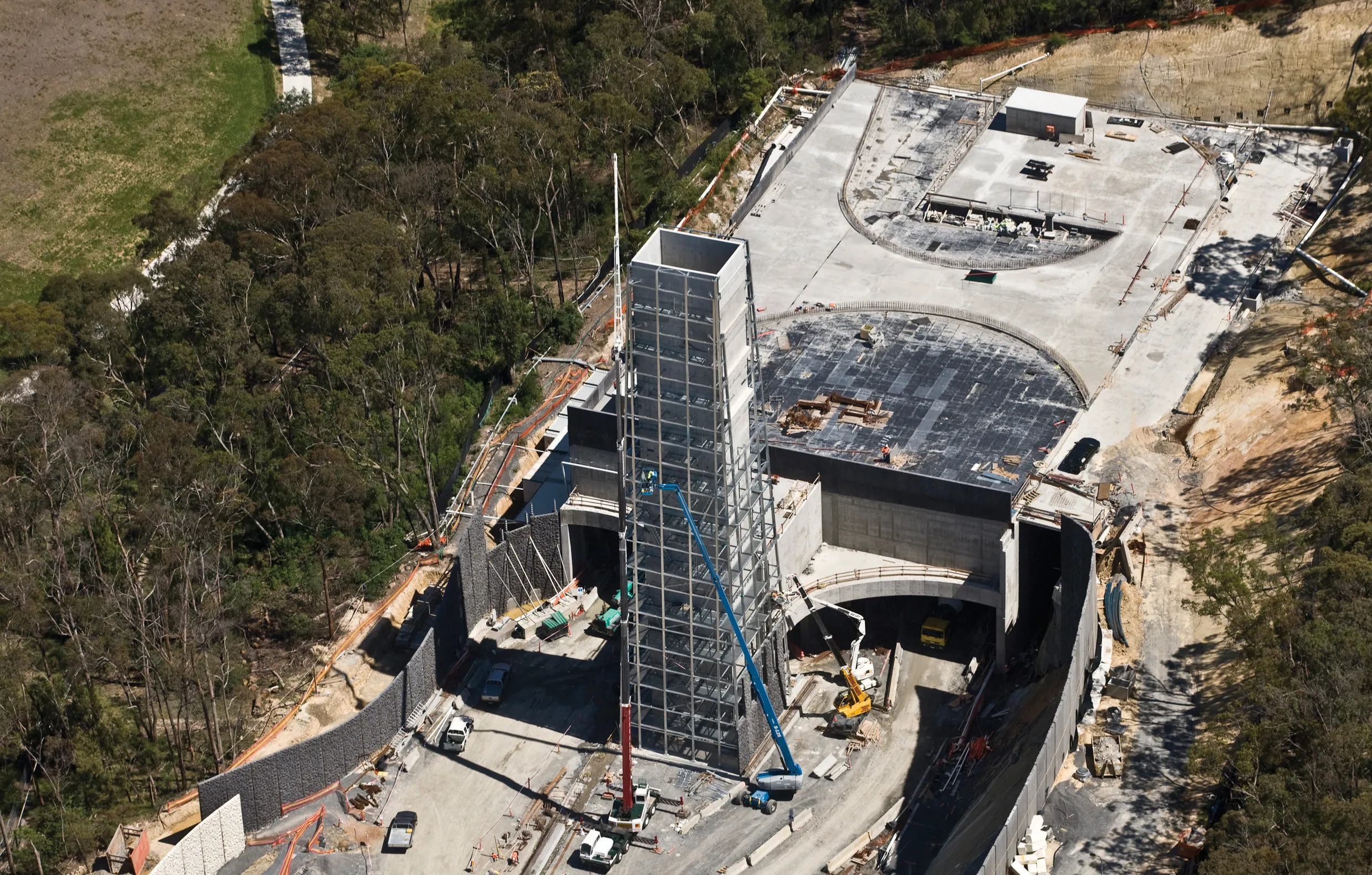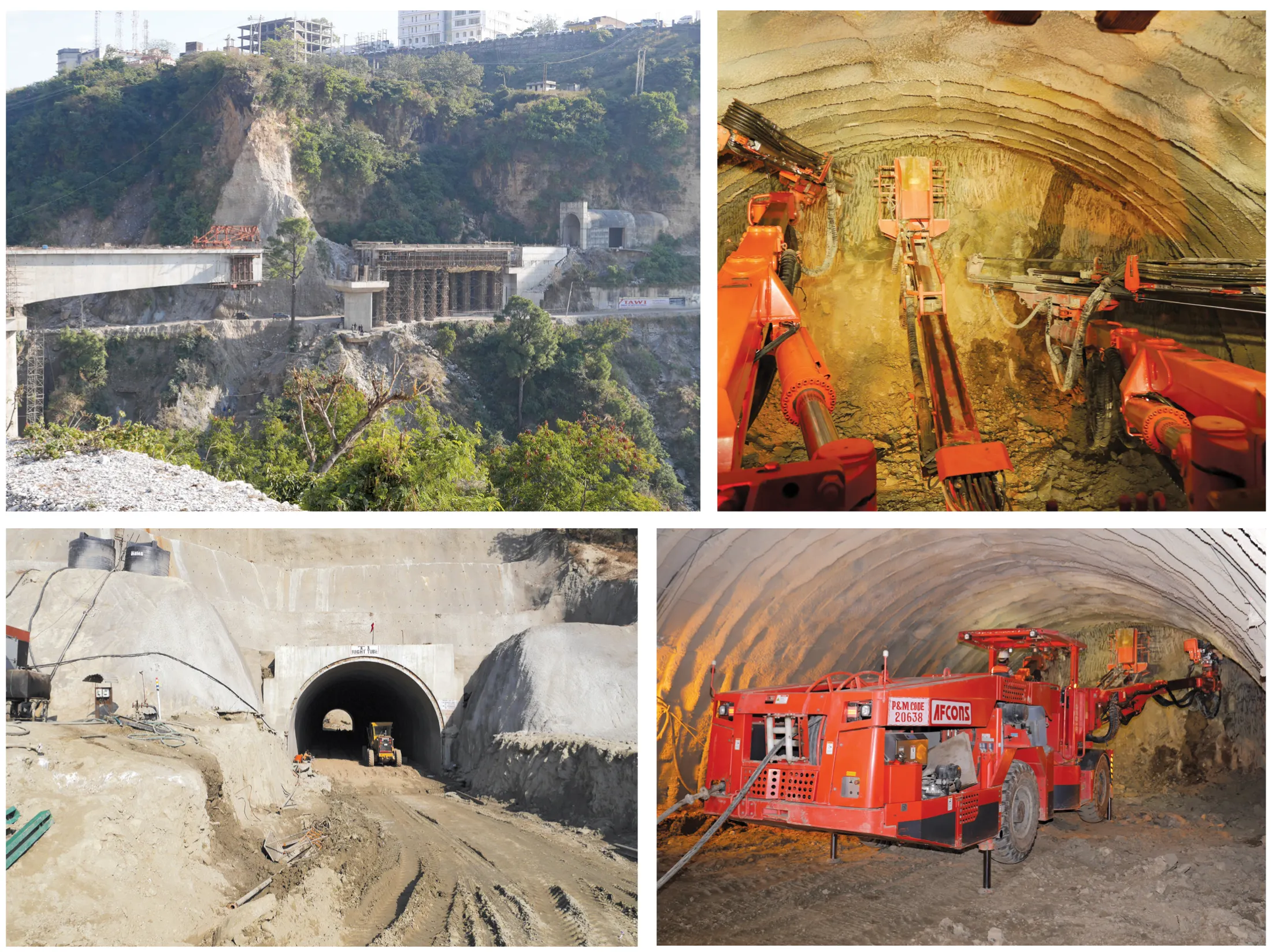Construction of a bridge destroyed in a hurricane was completed early, and with some added aesthetic benefits Hurricane Katrina, one of the deadliest and costliest natural disasters in US history, made landfall on 29 August, 2005, devastating the Gulf Coast. The US 90 Bridge over Biloxi Bay (connecting the communities of Biloxi and Ocean Springs, Mississippi) was one of many major highway and railroad bridges knocked out of service due to extensive storm damage. The eye of the storm passed 96km west of Bilo
July 18, 2012
Read time: 5 mins
Construction of a bridge destroyed in a hurricane was completed early, and with some added aesthetic benefits
Hurricane Katrina, one of the deadliest and costliest natural disasters in US history, made landfall on 29 August, 2005, devastating the Gulf Coast. The US 90 Bridge over Biloxi Bay (connecting the communities of Biloxi and Ocean Springs, Mississippi) was one of many major highway and railroad bridges knocked out of service due to extensive storm damage.The eye of the storm passed 96km west of Biloxi. Peak wind gusts of up to 160km/hour; a peak storm surge height of nearly 7m and waves of up to 2.4m roared through the bay. Overall, spans that had a soffit elevation of 7m or less were badly damaged, and many of the low-level superstructure units were thrown off of the pile caps and into the water: some of the units were even flipped upside down.
The original bridge consisted of low-level approach spans with a bascule navigation span.
The
A relatively new concept for MDOT, the design-build project delivery method is essential for a fast-track project.
MDOT awarded the contract to rebuild the bridge to GC Constructors (GCC) and its sub-contractor,
As lead design engineer, Parsons was responsible for the design and construction support for the bay bridges, CSX Railroad bridges, and approach roadways.
In just 18 months from notice to proceed, the bridge was required to have one lane open to traffic in each direction, and the entire project was required to be complete in just 22 months.
The first bridge was opened to one lane of traffic in each direction two weeks ahead of schedule, and the entire project was completed in 201/2 months, 11/2 months ahead of schedule. In addition, the Parsons-led design team completed 90% of the design work within six months.
"The use of precast construction and the development of an assembly-line production approach for both design and construction work combined to deliver this emergency reconstruction project in record time and with a high degree of quality," says Parsons.
The fast-track, US$339 million contract presented three major challenges.
Because this was a post-hurricane project, underwater debris and pieces of the old bridge were in the way. In an effort to rebuild as quickly as possible, design had to circumvent the debris field and allow the contractor to come in and start working. Debris and pilings were removed from the old bridge later.
The massive reconstruction efforts along the Gulf Coast following the hurricane produced an overwhelming demand on the precast industry and represented a significant supply and schedule risk for this project. The design was developed to diversify the required precast piling and girders and to minimise the specialty products that only a few precastors are capable of producing. This technique provided GCC with significant redundancy in potential suppliers during construction if a specific precast or could not deliver products according to the required schedule.
The Parsons-led design team was tasked with developing an economical approach to pier and foundation construction that addressed the wide range in geometric and loading conditions. The piers vary in height from 1.8m to 27.4m. The goal was to develop a design that could be built using an assembly-line approach that minimises variability in formwork and equipment.
Aesthetics important The new bridge consists of dual structures, each carrying three lanes of traffic. The eastbound bridge also has a shared use path. The total width is 39.3m.
Aesthetics were an important consideration in the design development. Because of the adjacent communities' desire for an attractive structure, the fascia girders are colored blue-green using a concrete coating, and the formed concrete surfaces of the superstructures and substructures are coloured antique ivory. The pedestrian railing along the shared use path is an ornamental aluminum picket railing. In addition, three overlooks are spaced along the path with a bench located at each. The outside traffic barriers are an open concrete barrier rather than the traditional, solid New Jersey configuration.
At night, the bridge is illuminated with a string of ornamental necklace lights attached to the fascia girders and edge accent lights on the piers.
The bridge was also designed to withstand hurricane-force winds and waves similar to those of Katrina.
The company made two design provisions to increase the future safety and reliability of the bridge during hurricane events. Parsons maximised the length of the bridge's superstructure above the critical wave height. Steep 6% grades are now designed into each end of the bridge to raise it above the critical height as soon as possible.
For the portion of the superstructure below the critical wave height, Parsons designed concrete restrainer blocks on top of the piers and between the girders to prevent the superstructure from being pushed off its supporting piers when subjected to waves.
Marking a milestone Approximately 35,000 cars/day crossed the four-lane bridge between Biloxi and Ocean Springs before the hurricane damaged it, and the loss of the bridge created a significant hardship and mobility issues for the surrounding communities: the detour route required an additional 30 minutes to what was normally a one minute commute.
"The opening of the bridge marked a milestone in the Gulf Coast's recovery from Hurricane Katrina. Parsons' efforts on this project restored a critical connection between the communities of Biloxi and Ocean Springs, reviving the economic vitality of the Mississippi Gulf Coast and helping its residents get their lives back to normal," says the company.
The project received the Innovative Management Award in the large project category from the Southeastern Association of State Highway and Transportation Officials, and was Parsons' Project of the Month for October 2008.







